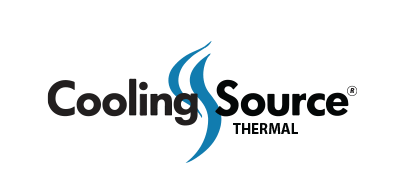What is an active heatsink and what benefits does it have?
An active heatsink is a type of heatsink that uses an external power source, such as a fan or a pump, to actively move air or liquid over the surface of the heatsink to improve heat dissipation. Active heatsinks are commonly used in devices where passive cooling is not sufficient, or where the thermal requirements are particularly demanding. Some benefits of active heatsinks include:
1. Improved cooling performance: Active heatsinks can provide significantly better cooling performance than passive heatsinks, especially in applications where there is limited airflow or where the thermal requirements are particularly demanding.
2. Greater flexibility: Active heatsinks can be designed to accommodate a wide range of thermal requirements, making them suitable for a variety of applications.
3. Customizable: Active heatsinks can be customized to fit the specific requirements of the device, including the size, shape, and materials used.
4. Reduced size and weight: Active heatsinks can be designed to be smaller and lighter than passive heatsinks, making them suitable for applications where space and weight are a concern.
5. Longer lifespan: Active heatsinks can help improve the lifespan of the device by reducing the operating temperature of the component it is attached to, which can help reduce the risk of damage due to overheating.
Recap:
Active heatsinks, also known as active cooling solutions or active heat exchangers, are devices used to dissipate heat generated by electronic components or systems. They are designed to actively remove heat and maintain optimal operating temperatures, preventing overheating and potential damage to the components.
Unlike passive heatsinks that rely solely on conduction and convection to dissipate heat, active heatsinks incorporate additional mechanisms such as fans or pumps to enhance the cooling process. These active components help to increase the airflow and heat transfer rate, allowing for more efficient heat dissipation.
Active heatsinks typically consist of a heatsink, which is a thermally conductive metal structure that provides a large surface area for heat transfer, and an active cooling component. The active cooling component can be a fan, a pump, or a combination of both, depending on the specific design and application.
Fans are commonly used in active heatsinks to provide forced convection by blowing air over the heatsink’s fins. The airflow generated by the fan increases the heat transfer coefficient, accelerating heat dissipation. The fan can be either attached directly to the heatsink or placed nearby to create a directed airflow.
In some cases, liquid cooling systems are employed as active heatsinks. These systems use a pump to circulate a liquid coolant through tubes or channels that are in direct contact with the heat-generating components. The liquid absorbs the heat and carries it away to a radiator, where it is dissipated into the surrounding environment using fans or natural convection.
Active heatsinks are commonly utilized in high-performance computing, gaming systems, servers, graphics cards, and other electronic devices where efficient heat management is crucial. By actively removing heat, these solutions enable components to operate at lower temperatures, which can enhance their performance, reliability, and lifespan.
Overall, active heatsinks offer a range of benefits over passive heatsinks, including improved cooling performance, greater flexibility, customizability, reduced size and weight, and longer lifespan. However, they may be more expensive and require more maintenance than passive heatsinks, and they may also generate more noise.
Please call our team of expert to review your requirements.


